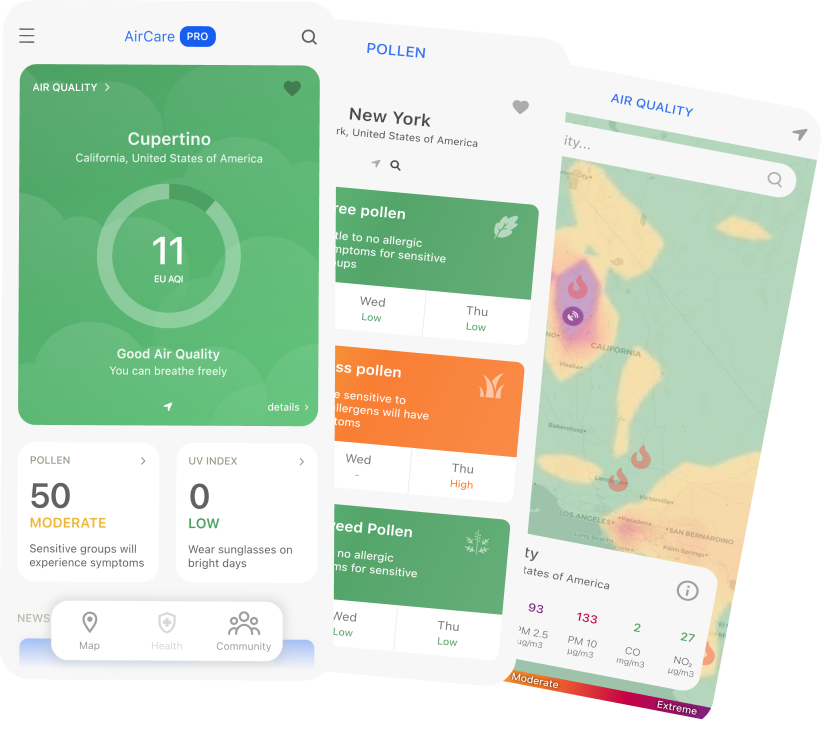Air pollution is not only harmful to human health, but it is also a burden on economies all over the world. Countries create air quality laws to control air pollution and reduce emissions. These regulations set health and safety standards with targets for certain pollutants that governments and industries must meet.

Air pollution in California is regulated by the Clean Air Act, which is a federal law that aims to reduce air pollution and maintain air quality. The law requires states and private industries to meet the air pollution standards of the nation.
The Act was initially enacted in 1963 and ever since it has been amended several times. However, it remains to be one of the most prominent environmental laws in the United States.
The Clean Air Act programs have lowered levels of six common pollutants – sulfur dioxide, nitrogen dioxide, carbon monoxide, lead, ozone, particles, and plenty of toxic pollutants. Between 1970 and 2020, the combined emissions of the aforementioned six pollutants dropped by 78%.
The Clean Air Act is conducted by the United States Environmental Protection Agency (EPA), in coordination with tribal, local, and state governments. Each state, including California, needs to implement an EPA-approved plan to reduce air pollution from chemical plants and other industrial facilities. In 2014, California had 1.597 facilities regulated under the Clean Air Act.
Even though individual states may have stronger air pollution laws, they cannot have weaker pollution limits than the limits EPA has set.
The Act requires that when new industrial facilities are built, something that must be a part of the design is good pollution control. This means that the industrial base of the country becomes cleaner as new and cleaner facilities are built.
The Clean Air Act also requires EPA to control emissions of toxic air pollutants from a list of industrial sources. Toxic air pollutants include volatile organic compounds (VOCs), benzene, polychlorinated biphenyls (PCBs), and mercury.
The California Air Resources Board (CARB) was formed in 1986, and the Air Quality Management District (AQMD) was formed in 1975. The California Clean Air Act (CCAA) became law in 1988, and it defined the responsibilities of the AQMD and the CARB.
CARB is responsible for general oversight of districts, approving district plans as sufficient to meet state legal requirements, compiling the State Implementation Plans (SIP) for submission to EPA, and adopting motor vehicle emission standards. On the other hand, the AQMD is responsible for the implementation of indirect source and transpiration control measures, the adoption of control regulations for stationary resources, and preparing the portion of the SIP applicable within their boundaries.
The CCAA established several requirements for district plants to attain state ambient air quality standards for criteria air contaminants.
Even though significant progress has been made since then, the increasing population of California demands even more effort.
Do you want to know the quality of the air you breathe? Download AirCare – our free mobile app that tracks air pollution from your pocket, and check out the AirCare blog!





